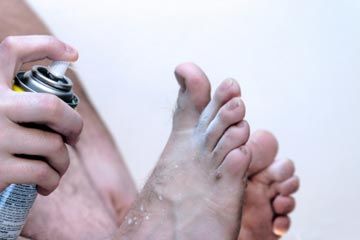There are some things we take as simple, comforting truths. When we drop a pencil, it will fall down instead of up. In the evening, the sun will set, and in the morning, it will rise. And when we sweat, it will come out of our pores as a clear liquid. These are things we can depend on, things we can take solace in knowing we can predict.
Which is why one can imagine how disconcerting it must have been for a 26-year-old nurse when she began excreting red sweat in the late 1990s. After five months of concern and fighting stubborn stains, the woman sought medical attention. Physicians harvested sweat from her sebum (the natural oils that waterproof and moisturize our skin and hair) using ether to separate the sweat from the rest of the materials. They compared it to the nurse's stained clothing and found that the woman had a case of chromhidrosis.
Advertisement
Chromhidrosis is an extremely rare condition that causes a person to excrete colored sweat. It can come from either of the two types of sweat glands (more on that on the next page), but the common thread is that the colored sweat is produced in the gland. This differentiates it from another condition, called pseudochromhidrosis, where clear sweat is produced and mixes with a coloring agent when it reaches the skin [source: Musel]. The classic case most often cited is the blue sweat found on copper miners -- the mineral mixes with the sweat on the skin, causing the pigmentation. The case literature on pseudochromhidrosis generally ends with a disappearance of the symptoms when the patient discontinues the product or activity that led to them. But what exactly is this strange condition of chromhidrosis, where colored sweat is actually produced within the body? Read on to find out.




